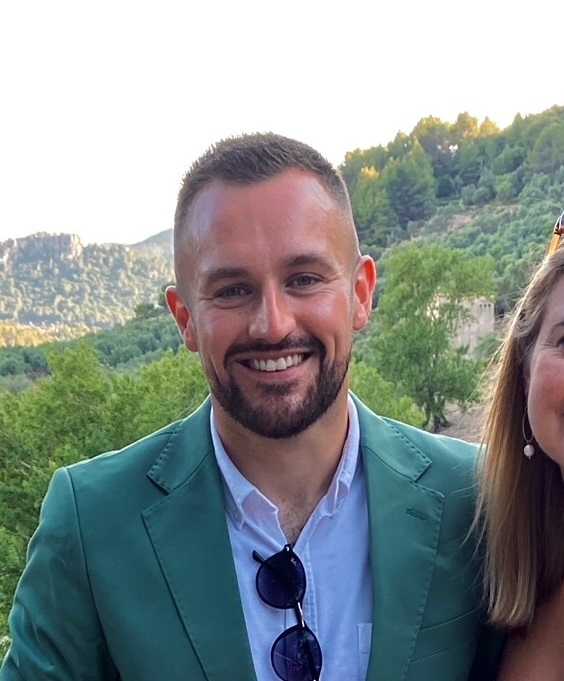Breakthrough innovation mostly happens when diverse groups of people, with different skills and ideas, bump into and learn from each other.[i] Innovators must increasingly be open to new ideas, willing to learn across formal academic disciplines and then build upon existing ideas with contributions of their own. The drive to generate such innovation is causing people with very different professional skills to come together like never before, in ever-denser working groups. To put it simply: the more networked we become, the smarter each of us gets; and the smarter we get, the more innovation we generate.
The professional convergence revolution is creating a demand for so-called ‘T-shaped’ people – ie, those who combine deep cognitive, analytical and/or technical skills in a specific discipline with broad multidisciplinary and social skills.[ii] Such people learn by linking up their expertise with multiple perspectives from different areas.[iii]
GCs are naturally T-shaped professionals by virtue of their deep legal expertise and simultaneous role as central connectors. Lawyers touch almost every part of the company – they are the proverbial spiders in the web. And since they are a relatively small and cohesive group, they communicate effectively with each other through dense networks.
The need for the GC to be T-shaped is in some ways even more important than it is for other influential senior executives, because the GC is accountable for managing risks that are themselves converging. In the era of social media and instant messaging, the legal, reputational and business dimensions of risk are one and the GC serves as a critical connector in the risk mitigation context.
To succeed in this ‘new normal’, the modern GC must successfully navigate a host of new, often contradictory and non-legal roles, in addition to being a first-rate professional legal adviser and guardian of the company’s integrity and reputation. These new roles include:
- Senior corporate executive and strategist;
- Leader and communicator;
- Ethics officer;
- Public voice;
- Diplomat and politician;
- Project manager;
- Crisis management guru;
- Organisational design expert;
- Chief operating officer;
- Procurement expert; and
- technologist.
In addition to this long list of informal roles, many GCs are also asked to take on additional formal roles, including leading the compliance function and the corporate and secretarial functions, as well as other areas ranging from human resources to security and from government relations to aviation. Thus, they are sometimes expected to not only be T-shaped, but ‘Pi-shaped’ or even ‘Comb-shaped‘ – ie, to have not just one area of deep functional expertise but two or more, in addition to being a socially-connecting generalist across other dimensions.
At the same time as the GC is tasked with performing these new roles, she must never forget to perform her core function as legal guardian of the company’s assets and reputation.
Consequently, the GC’s job is increasingly laden with what organizational psychologists might call ‘inherent role overload’, where the nature of the role itself is too demanding for any one individual to carry it out successfully.[iv] And yet, given duties of the position and the way modern corporations are structured, it really is not possible to break the role into smaller portions.
As the world that the GC inhabits becomes increasingly complex, she needs in many respects to become her own chief executive, tackling many of the same issues in her legal department that the CEO must tackle for the corporation as a whole. This requires an entire additional set of skills to those she learned in law school, including developing and executing a strategic plan, building teams, leading and inspiring people, managing complex global budgets, securing partnerships with an ever-growing list of external vendors, interfacing with government officials, the press and interest groups, and managing investments and technology transformations.
To succeed in this environment, the GC must work seamlessly with her team. Indeed, to succeed, she needs her team to be world-class. In my book, “Building an Outstanding Legal Team: Battle-Tested Strategies from a General Counsel”, I lay out a framework to help GCs develop their organization, culture and people so as to be in a position to tackle the challenges described above and stay in front of change, accelerating toward world-class professionalism.
The above has been adapted from Building an Outstanding Legal Team by Bjarne P Tellmann.
[ii] Irving Wladawsky-Berger, “The Rise of the T-Shaped Organization”, The Wall Street Journal CIO Journal, 18 December 2015 (available here accessed 21 October 2016).
[iii] Andy Boynton, “Are You an ‘I’ or a ‘T’?”, Forbes Magazine, 18 October 2011.
[iv] See link for a discussion of role overload and underload.




